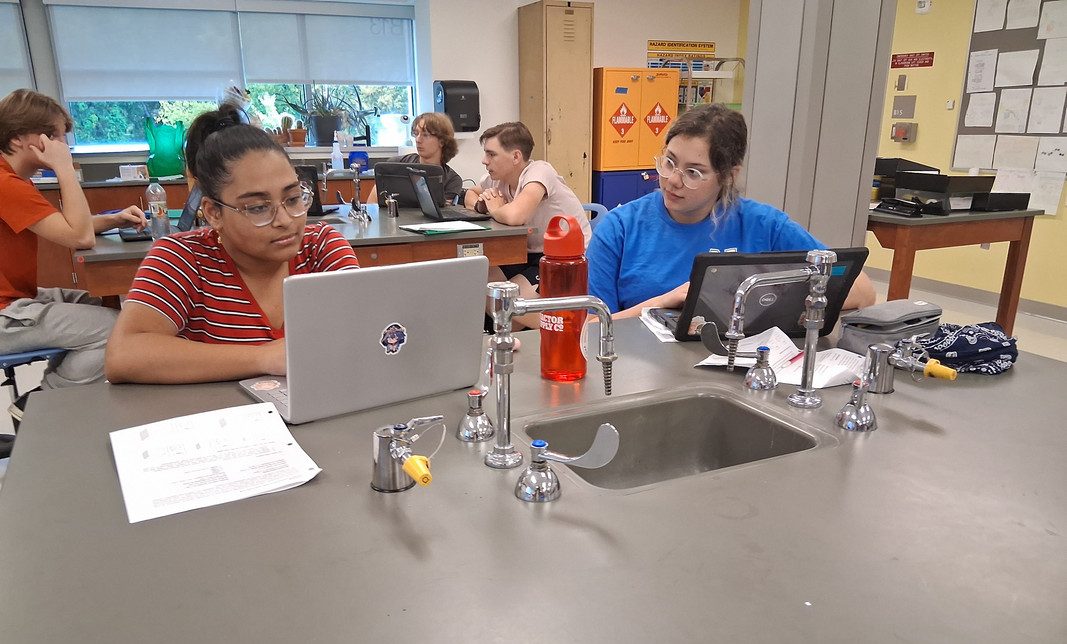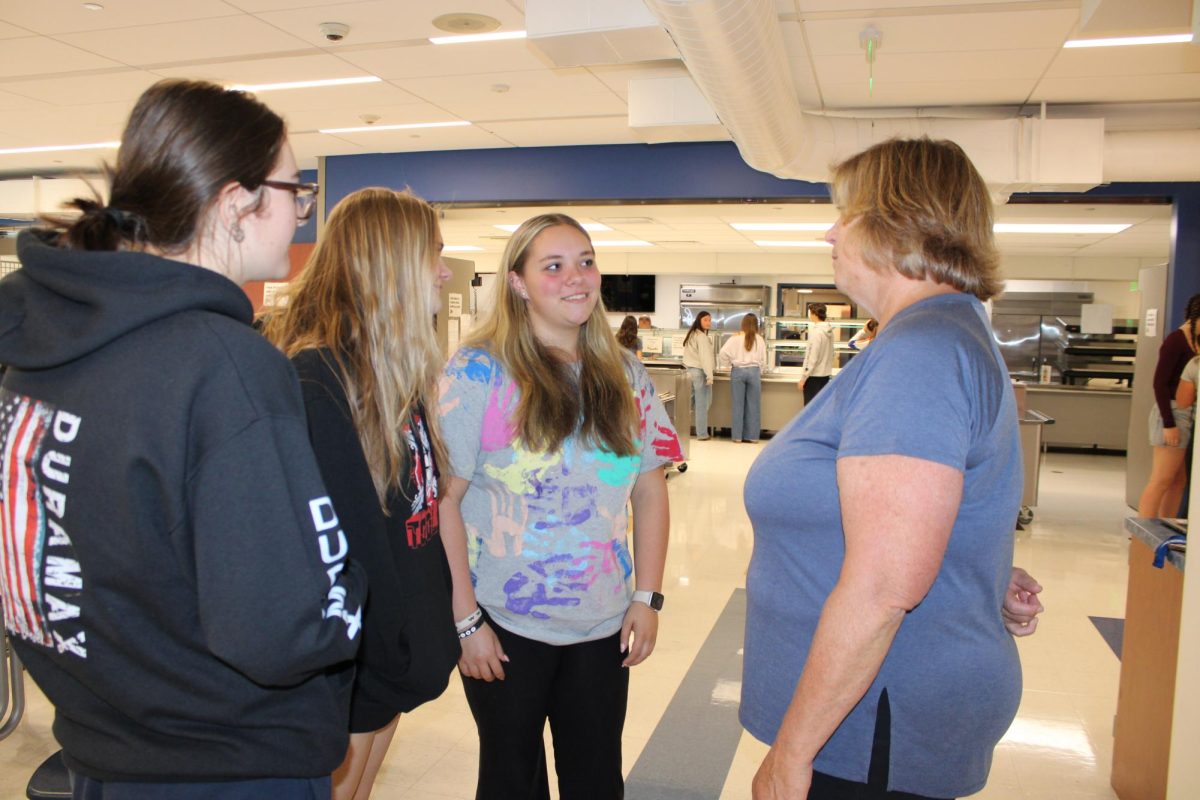Outdoor Ag Classes Reminiscent of 1918 Flu Pandemic
Courtesy of the National Archives
During the flu pandemic of 1918-19, many classes were held outside, including this physics class at the University of Montana. Nonnewaug’s agriscience classes have often been outside, but they were even more valuable this fall during the COVID-19 pandemic.
November 19, 2020
WOODBURY — Nonnewaug agriscience students spent plenty of time this fall going outside for classes, whereas regular academic students had to stay inside during school. This is nothing new, but it worked for the present times.
In 1918, a flu epidemic pounded the world. According to the CDC, there were an estimated 50 million deaths total worldwide. One of the many ways the old-timers prevented the spread of the virus was to teach outside classes at school.
These days, COVID-19 has put schools in a similar situation. According to Johns Hopkins University, there have been nearly 1.35 million deaths worldwide — about 250,000 of those have been counted in the United States alone as of Nov. 18.
At Nonnewaug’s Ellis Clark Regional Agriscience and Technology Program, outside classes are a usual part of the teaching process. Now with the COVID-19 pandemic, everything has been limited — even school. However, the outside classes continued for the FFA until the move to fully remote learning Nov. 18.
Andrew Zielinski, an agriscience teacher, agreed that outside classes are valuable.
“I like them,” Zielinski said. “They can be good.”
Students responded similarly, expressing that they liked outdoor classes. It is understandable that the outdoor classes are liked among students and teachers. They give more opportunities for hands-on activities and add to the number of different learning techniques.
“Ag classes should be outside,” ag student Nick Molzen said.
Outside classes can change the overall mood of the students, too. Most people tend to dislike wearing masks. Part of the reason why students like these outside classes is because they get to take their masks off as long as they are distanced by at least six feet. This can act as a long mask break and it can allow for better focus due to the lack of a potentially distracting mask.
Outside classes are really no riskier than indoor classes. It simply comes down to what the activity is. There can be risks both inside and out, but with the current times and its problems, those dangers are by far outweighed.
Region 14, as well as several other school districts in the state, has switched to distance learning, but outdoor classes can be an alternative to this issue. This is almost as if the remedies of the past were a fix for the future.



















